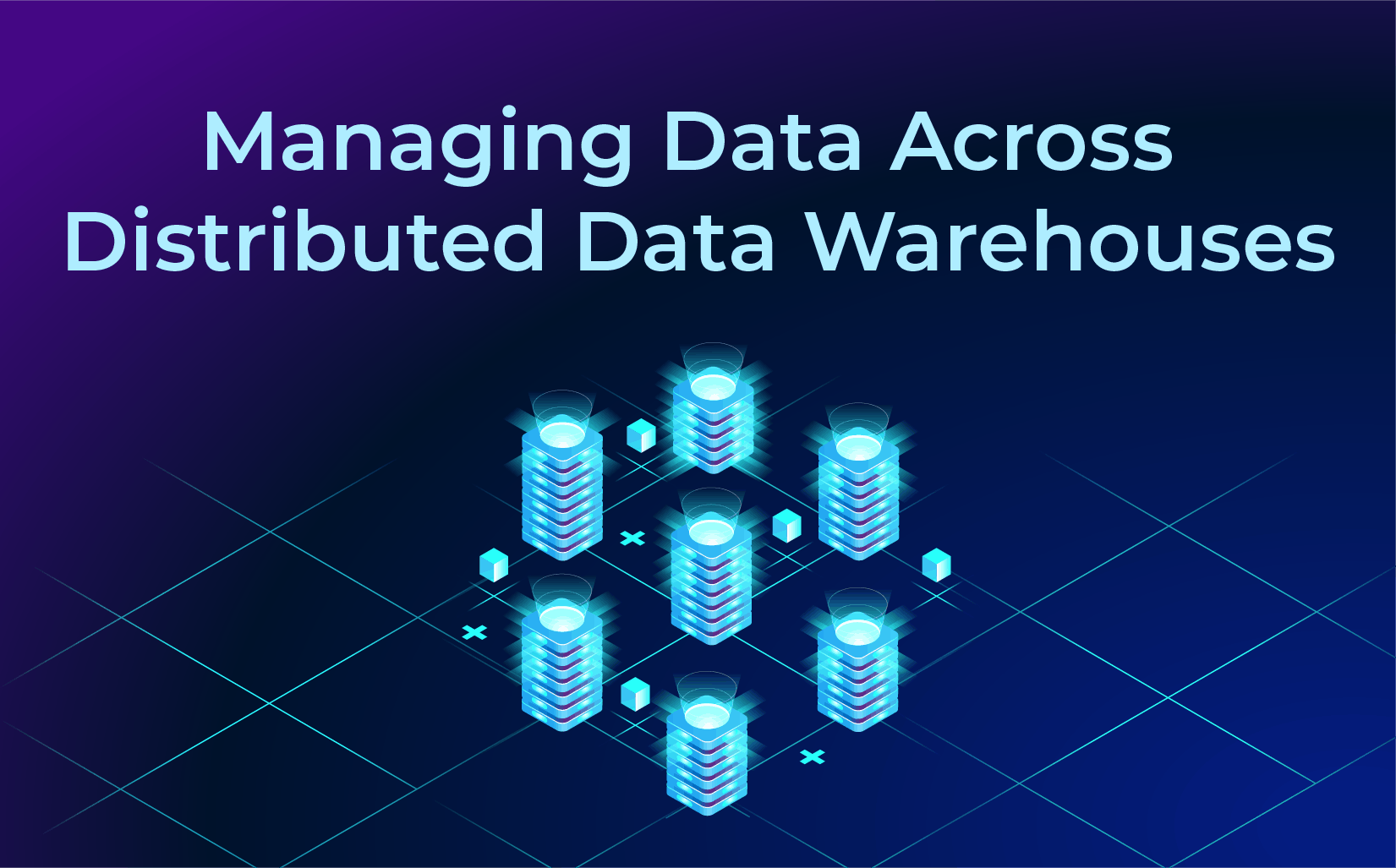The Chief Data Officer’s Evolution to a Data Democracy Sponsor
Actian Corporation
July 22, 2019

Under the pressure of digital transformation, Chief Data Officers (CDO) have appeared within large companies. According to Gartner, 90% of large companies will have a CDO by the end of 2019.
The thousands of CDOs appointed in the course of the past few years were in charge of improving efficiency and capacity to create value for their organization’s information ecosystem. That is to say, they were invited to direct their organization in processing and exploiting information with the same discipline as the other, more traditional, assets.
Companies that valorize their information assets surpass their rivals in using them to reinvent, digitize, or eliminate existing processes or products.
The CDO’s missions can be summarized as exploiting and finding uses for corporate data, as well as being in charge of developing the use of and trust of employees regarding internal enterprise data. As we have seen, these missions often collide with the powerful cultural restraints within organizations.
How Have the Chief Data Officer’s Missions Evolved?
The CDO has many responsibilities. Gartner identified the main responsibilities of a CDO during their 2019 Data & Analytics event in London. These are, among others:
- Defining a data and analytics strategy in their organization.
- Supervising operational initiatives in response to the established upstream strategy.
- Ensuring information made available on the data is trustworthy and valuable.
- Constructing data governance.
- Creating business value in data analytics.
- Managing efforts regarding data science.
- Operating and maintaining efforts in infrastructure in response to data analysis needs.
We believe that this impressive list of responsibilities is complemented by another, which could serve as a common thread for all the others and facilitate them: promoting Data Democracy and supporting cultural changes.
At first, CDOs had to lead a mission to convince interest organizations to exploit data. The first few years of this mission were often supported by the construction of a data universe adapted to new uses, often in the form of a Data Lake or Data Mart. The investments agreed upon to construct these data universes were significant but often reserved to specialists. In brief, organizations had more so implemented Data Aristocracies rather than Data Democracies.
The CDO Towards a New Role
With the exponential development of data, the role of the CDO took a new scope. From now on CDOs must reconsider the organization in a cross-functional and globalizing way. They must become the new leaders in Data Democracy within companies and respond to the call of numerous data citizens who have understood that the way in which data is processed must change radically. The new CDOs must break the bonds of data silos.
In order to obtain the support for data initiatives from all employees, they must not only support them in understanding data (original context, production, etc.) but also help them to invest in the production strategy and the exploitation of data.
From now on, the involvement of stakeholders in the exploitation of data must extend to all levels of the enterprise. It is by facilitating understanding, exchanges, and access around data that organizations will become data-driven.
Subscribe to the Actian Blog
Subscribe to Actian’s blog to get data insights delivered right to you.
- Stay in the know – Get the latest in data analytics pushed directly to your inbox.
- Never miss a post – You’ll receive automatic email updates to let you know when new posts are live.
- It’s all up to you – Change your delivery preferences to suit your needs.
Subscribe
(i.e. sales@..., support@...)









